Weird and Wonderful: 9 Bizarre Spiders
Into the wild
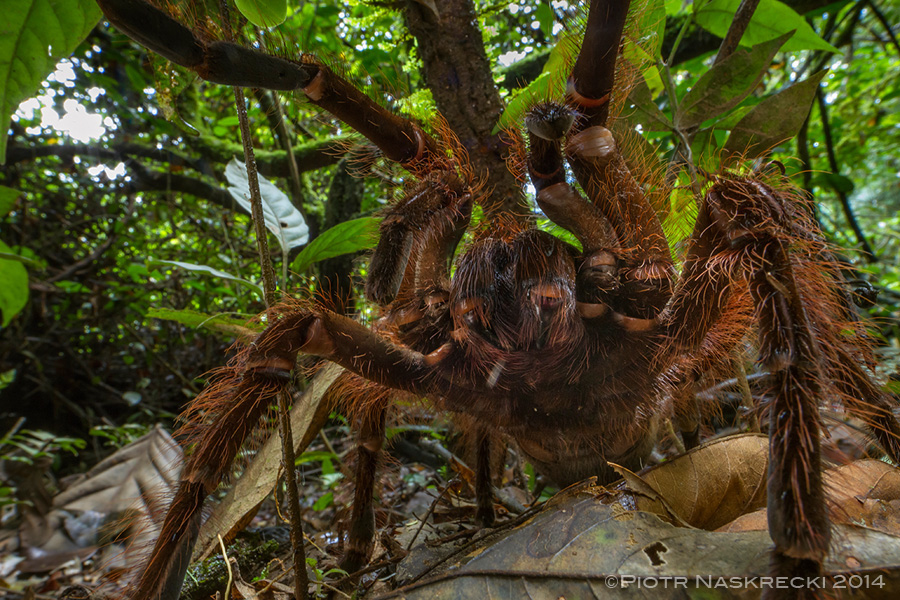
Spiders are everywhere, and if you're an arachnophobe, chances are you're not too thrilled to hear that. There are more than 45,000 known species of spiders in the world, and they can be found on every continent except Antarctica.
Most spiders have four pairs of eyes and, of course, their characteristic 8 legs, which make them easy to spot. But, spiders come in all shapes and sizes, and many have some unusual features that set them apart, whether it's their web-spinning abilities, what they like to eat or their strange mating habits.
Here are nine of the most bizarre spiders in the world.
Bat-eating spiders
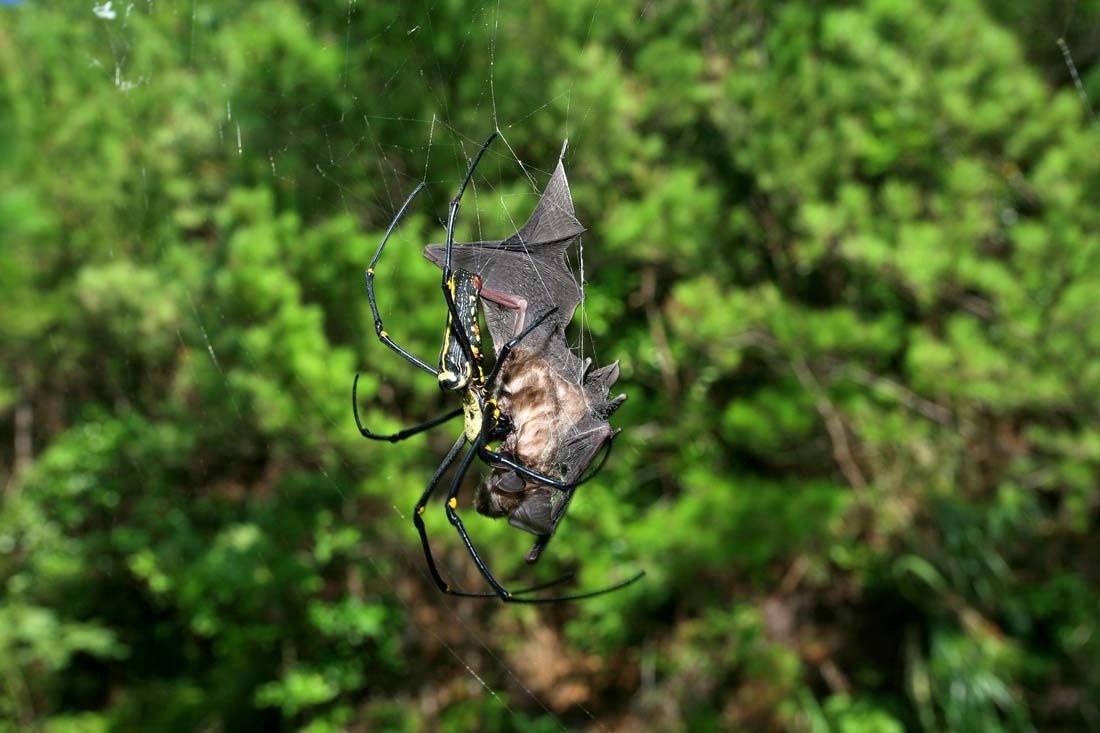
Spiders famously dine on flies, but there are actually quite a few that prefer a heftier meal. According to researchers, bat-eating spiders can be found all over the world, but around 90 percent of them live in warmer climates. A common bat-killer is the Nephila pilipes spider, or Giant Golden Orb Weaver, which regularly catches bats in its web. These spiders can be found in many countries, including Australia, Japan and India. And females of this species can grow up to 8 inches (20 centimeters) long — much larger than the males.
Spider the size of a puppy
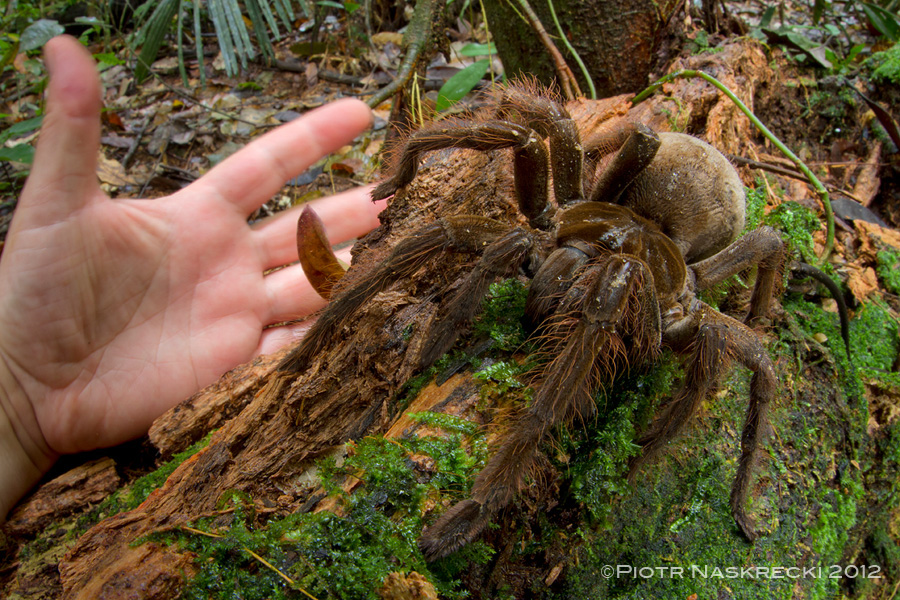
The creature that is believed to be the largest spider in the world is quite rightly called the South American Goliath birdeater (Theraphosa blondi) from Guyana. This mammoth spider's leg span can reach nearly 12 inches (30 cm), or about the size of a child's forearm, and can weigh about the same as a puppy, scientists have said. You would probably hear this monster coming, as researchers have described the clicking noise its feet make as being similar to "a horse's hooves hitting the ground."
And if you hear this, it’s probably a good idea to run, because the Goliath's 0.8-inch-long (2 cm) fangs can issue a nasty bite. Despite the name, Goliath birdeaters don’t normally feed on birds, but they are certainly capable, and will attack basically anything they encounter, scientists said.
Some are kinky
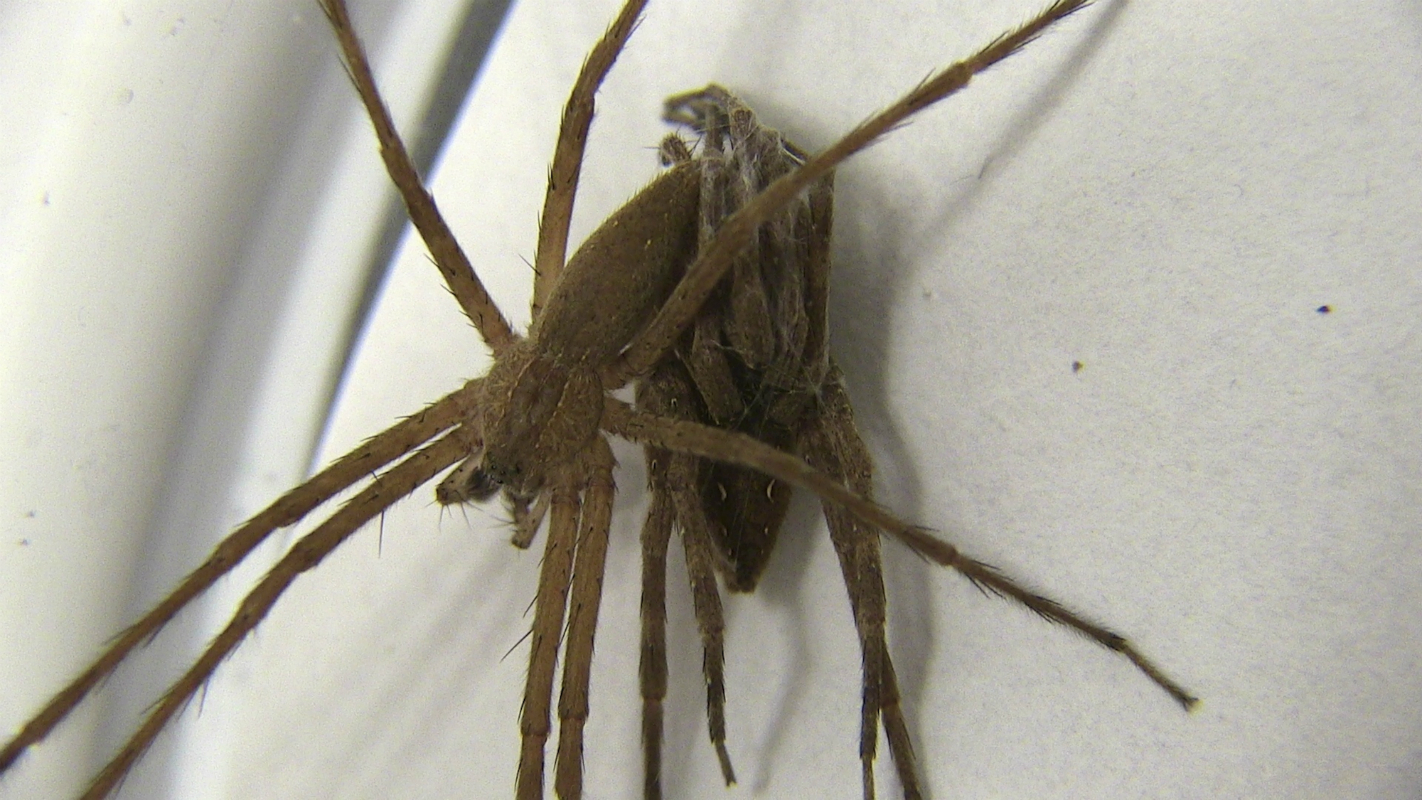
The steamy novel "Fifty Shades of Grey," by E. L. James, may not describe exploits in the spider world, but long-legged nursery-web spiders have a rather unconventional mating method that could rival anything in James' bestseller. Males wrap silk around a female's legs before and during their encounter. Scientists think this could be a survival tactic, because female spiders are partial to a snack after doing the deed, and unfortunately males are often the closest thing at the time. There are 355 different species of nursery-web spider, but the Pisaurina mira is found along the eastern seaboard of the United States, and west toward Texas, Nebraska and Wisconsin.
Dracula spider?
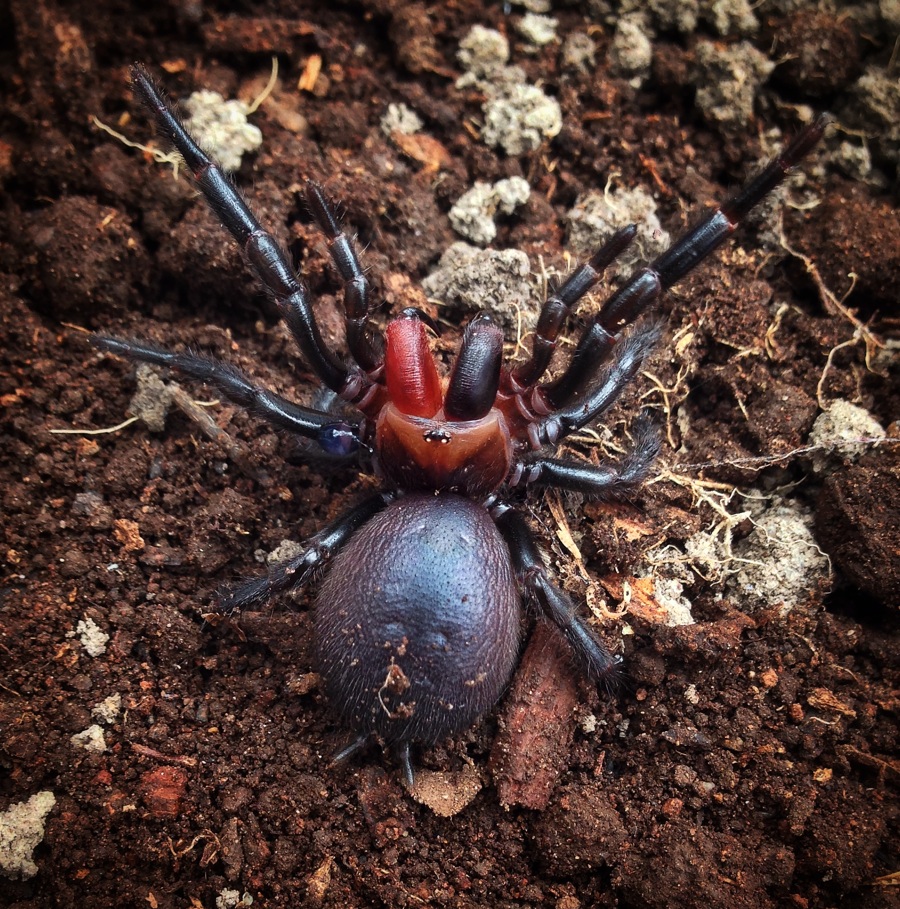
Funnel-web spiders (Atrax sutherlandi) of Australia have red fangs that earned them the nickname "Dracula spider," but these creatures mostly feed on insects. They will, however, bite you if you get too close, scientists have said. These shy spiders are about 2 inches (5 cm) long and are notoriously difficult to capture because they spend all of their time in underground burrows, which means their range of colors are not well documented. Researchers say that many spiders show colors that vary from individual to individual.
Skeletorus and Sparklemuffin
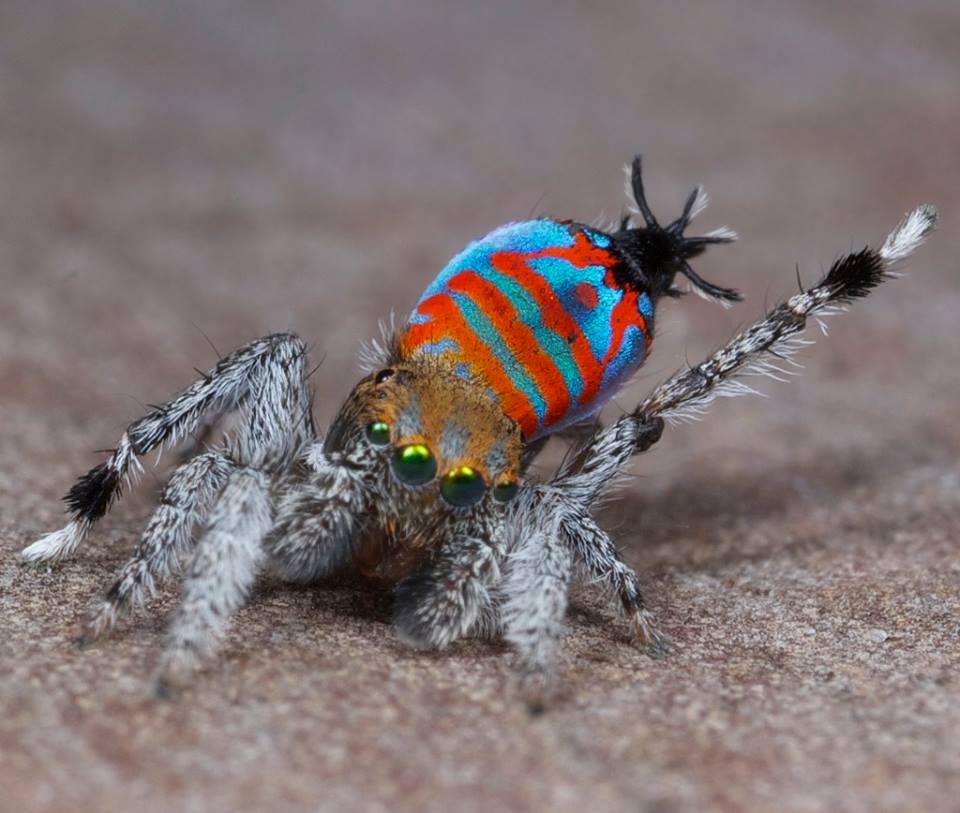
In 2015, two new species of peacock spiders were discovered in Australia, and it’s fair to say they win the fashion show hands down. The spiders were discovered in southeast Queensland by a student at the University of California, Berkeley. She named one "Skeletorus" because of its black and white markings, giving it a similar look to a skeleton. The other, named "Sparklemuffin," has bluish and reddish stripes on its tummy. Spiders like these have characteristic mating dances, during which they lift up their legs and display their flap-like body part called a fan.
Veggie-eating spiders
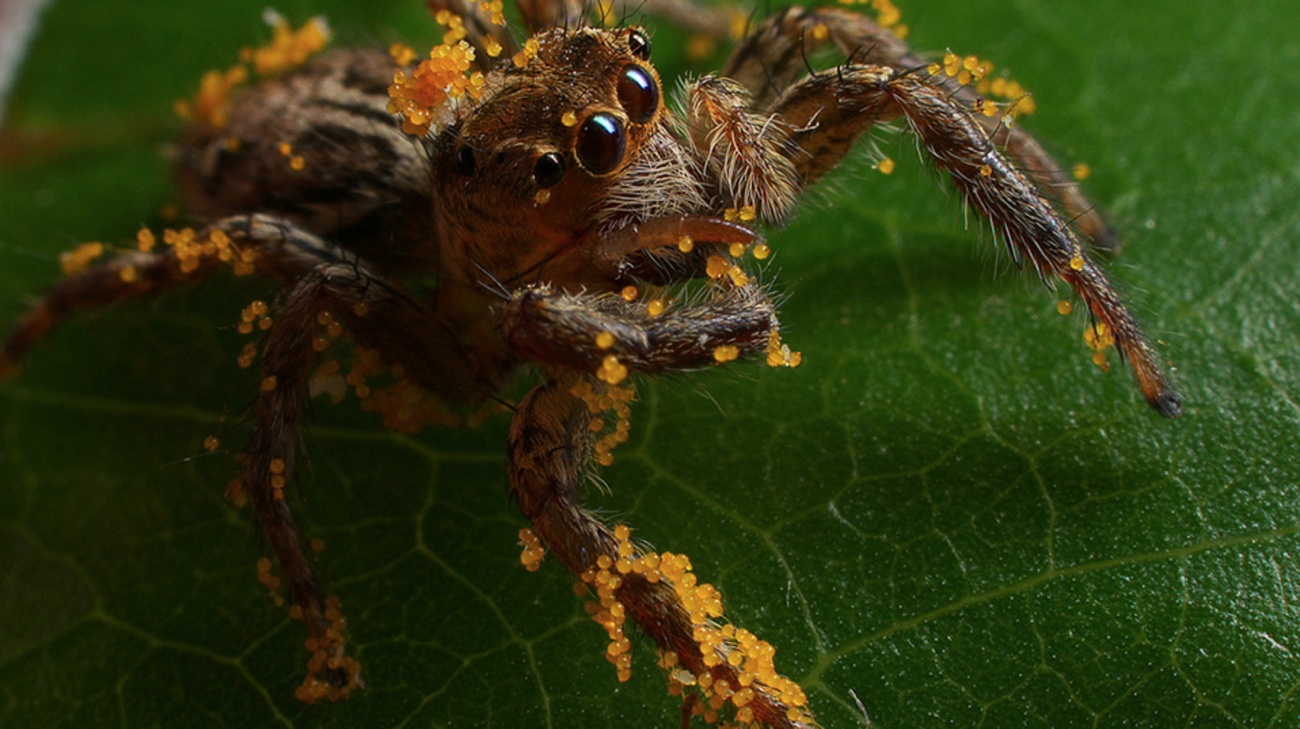
Some spiders are healthy eaters that chow down on greens as part of their diet. A 2016 study investigated instances of spiders eating plant products and found that about 60 percent of the reported instances came from members of the jumping spider family (Salticidae). Researchers say that spiders might eat greens to make them more resilient in times of food shortages. In about 75 percent of reported cases, spiders were seen to be eating nectar, which can end up getting stuck all over their bodies. Some even feast on honeydew, and two species (Myrmarachne foenisex and Myrmarachne melanotarsa) have been seen "milking" honeydew from insects.
Scuba spider
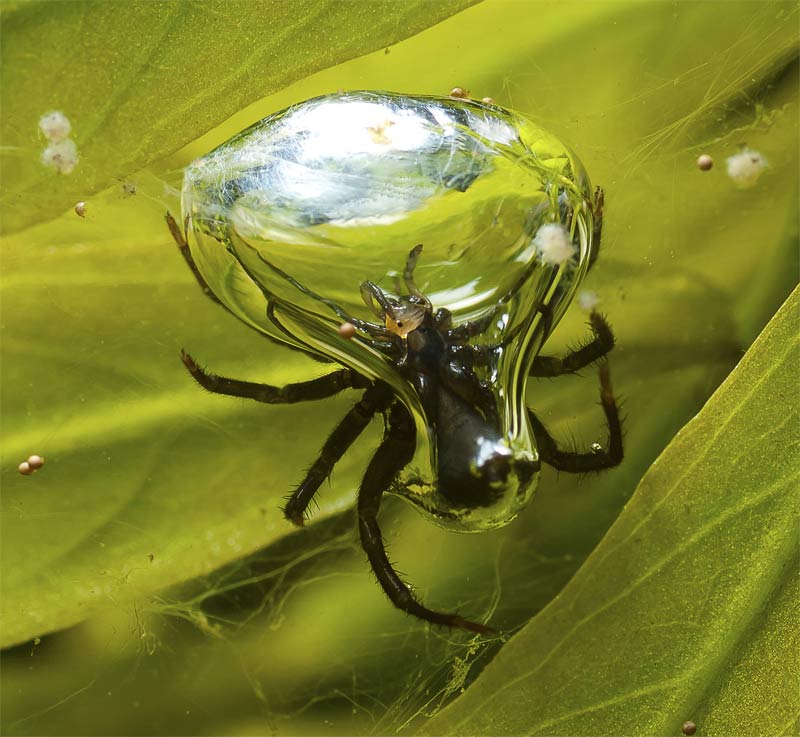
Diving bell spiders (Argyroneta aquatica) can use air bubbles to breathe underwater, essentially treating them like mini scuba-diving tanks. The spiders are tiny, measuring just 0.4 to 0.6 inches (10 to 15 millimeters) long, so one bubble can supply more than a day's worth of air. German scientists mimicked extreme low-oxygen conditions in a lab and watched the clever critters construct webs between pondweeds and aquarium sides, and then collect large air bubbles on their abdomen and rear legs.
Poopy spider
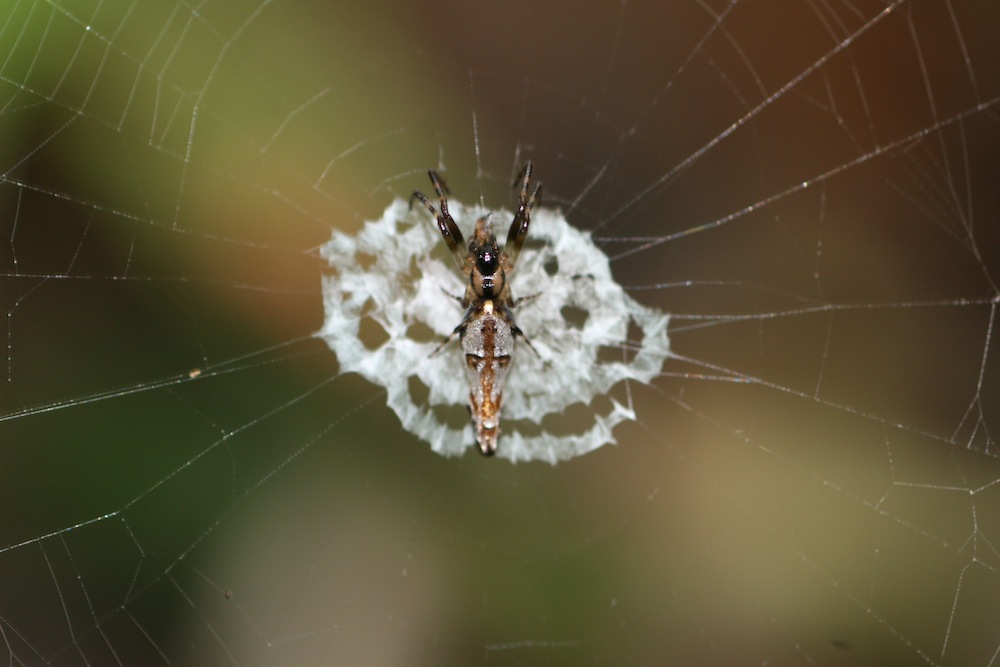
Many animals have interesting ways of disguising themselves from predators, but orb-web spiders (Cyclosa ginnaga) are true masters of camouflaging themselves in ways that wouldn't warrant a second look. Silver bodies and white decorations on their webs make orb-web spiders look just like bird droppings. Not exactly appetizing! The white areas are called stabilimenta, and are made from prey carcasses, egg sacs, plant matter or silk.
This spider's bite causes erection
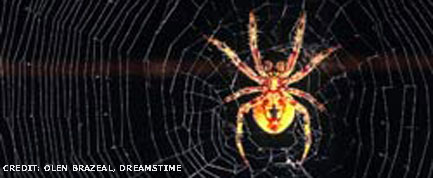
There’s a spider whose bite delivers a lot more than just pain. The Brazillian wandering spider (Phoneutria nigriventer) has venom that can stimulate an erection in men that lasts for hours. Unfortunate patients experience an overall increase in blood pressure and an increase in the amounts of nitric oxide in the body, which sets into motion an erection. Although it is not comfortable for the poor soul who gets bitten, these spiders could provide some valuable insights and possible advances into erectile dysfunction research, scientists have said.
Sign up for the Live Science daily newsletter now
Get the world’s most fascinating discoveries delivered straight to your inbox.










